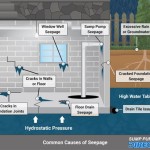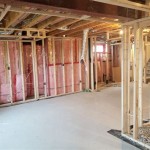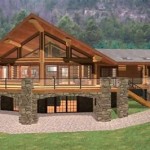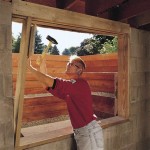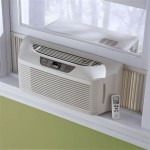Can I Use Faced Insulation In Basement Ceiling?
Faced insulation is a type of insulation that has a facing or covering on one or both sides. This facing can be made of a variety of materials, such as paper, foil, or plastic. Faced insulation is often used in basement ceilings because it can help to improve the thermal performance of the ceiling and reduce heat loss.
There are a few things to consider when using faced insulation in a basement ceiling. First, the facing material must be able to withstand the moisture and humidity that is often present in basements. Second, the facing material must be able to resist tearing and damage. Third, the facing material must be able to adhere to the ceiling joists.
If you are considering using faced insulation in your basement ceiling, it is important to choose a product that is specifically designed for this application. There are a number of manufacturers that make faced insulation products that are suitable for use in basements.
Once you have chosen a faced insulation product, you will need to follow the manufacturer's instructions for installation. In general, faced insulation is installed by stapling or nailing it to the ceiling joists. It is important to make sure that the facing is facing the inside of the basement.
Faced insulation can be a good way to improve the thermal performance of your basement ceiling and reduce heat loss. However, it is important to choose a product that is specifically designed for this application and to follow the manufacturer's instructions for installation.
Benefits of Using Faced Insulation in Basement Ceilings
There are a number of benefits to using faced insulation in basement ceilings, including:
- Improved thermal performance: Faced insulation can help to improve the thermal performance of your basement ceiling by reducing heat loss. This can lead to lower energy bills and a more comfortable basement.
- Reduced moisture and humidity: The facing material on faced insulation can help to reduce moisture and humidity in your basement. This can help to prevent mold and mildew growth and create a healthier environment.
- Noise reduction: Faced insulation can also help to reduce noise levels in your basement. This can be beneficial if you have a noisy furnace or other equipment in your basement.
- Fire resistance: Some types of faced insulation are fire-resistant, which can help to protect your home in the event of a fire.
Types of Faced Insulation for Basement Ceilings
There are a number of different types of faced insulation that can be used in basement ceilings, including:
- Kraft paper faced insulation: Kraft paper faced insulation is a type of faced insulation that has a kraft paper facing on one or both sides. Kraft paper is a strong and durable material that is resistant to moisture and tearing.
- Foil faced insulation: Foil faced insulation is a type of faced insulation that has a foil facing on one or both sides. Foil is a reflective material that can help to reduce heat loss. Foil faced insulation is also moisture-resistant and can help to prevent mold and mildew growth.
- Plastic faced insulation: Plastic faced insulation is a type of faced insulation that has a plastic facing on one or both sides. Plastic is a durable and moisture-resistant material that can help to protect the insulation from damage.
When choosing a type of faced insulation for your basement ceiling, it is important to consider the specific needs of your basement. If you have a particularly moist or humid basement, you may want to choose a faced insulation with a moisture-resistant facing. If you are concerned about fire safety, you may want to choose a faced insulation that is fire-resistant.

Basement Ceiling Insulation Interior Inspections Internachi Forum

Faced Vs Unfaced Insulation Bob Vila

Best Insulation For Basement Ceilings And Why You Need It

Best Insulation For Soundproofing Your Ceiling Renoviso

Unfaced Vs Kraft Faced Insulation What S The Difference Johns Manville

What Is Basement Ceiling Insulation And It Worth

The Pros And Cons Of Insulating Basement Ceiling Should You Do It

Basement Ceiling Insulation Faced Or Unfaced Which One To Choose Insulationline Com

How To Install Ceiling Insulation In A Basement Or Crawlspace Why You Should R30 R21 R19 R13 Youtube

7 Best Kinds Of Insulation For Basement Ceilings Homelyville



